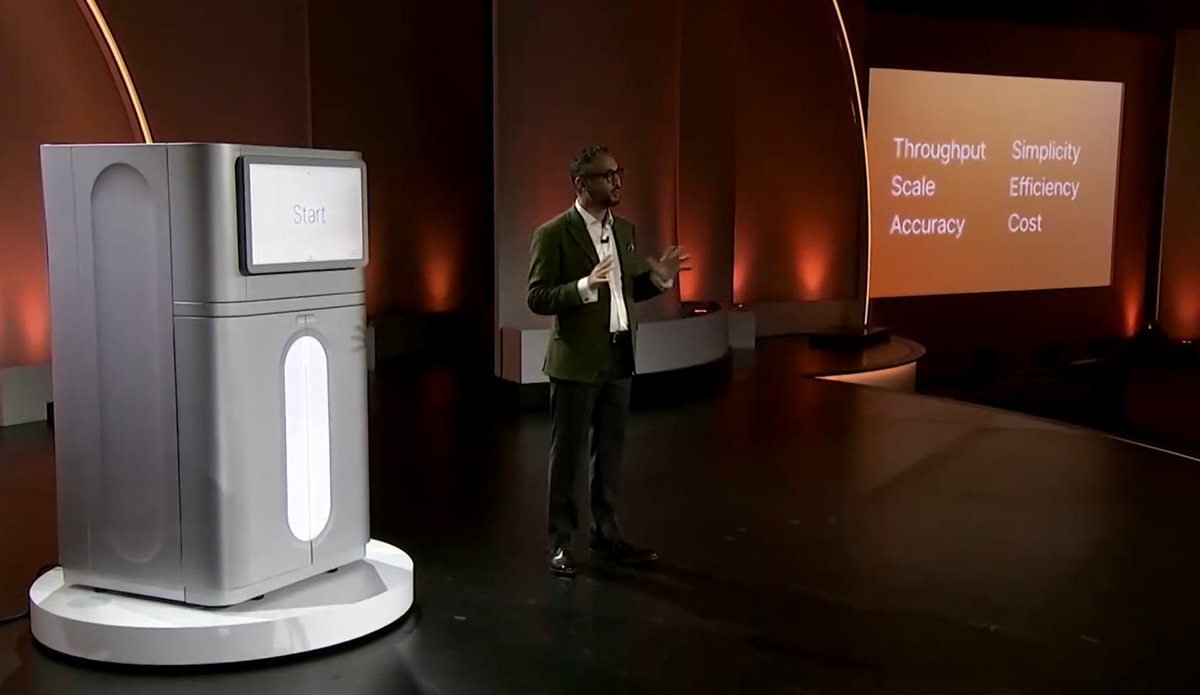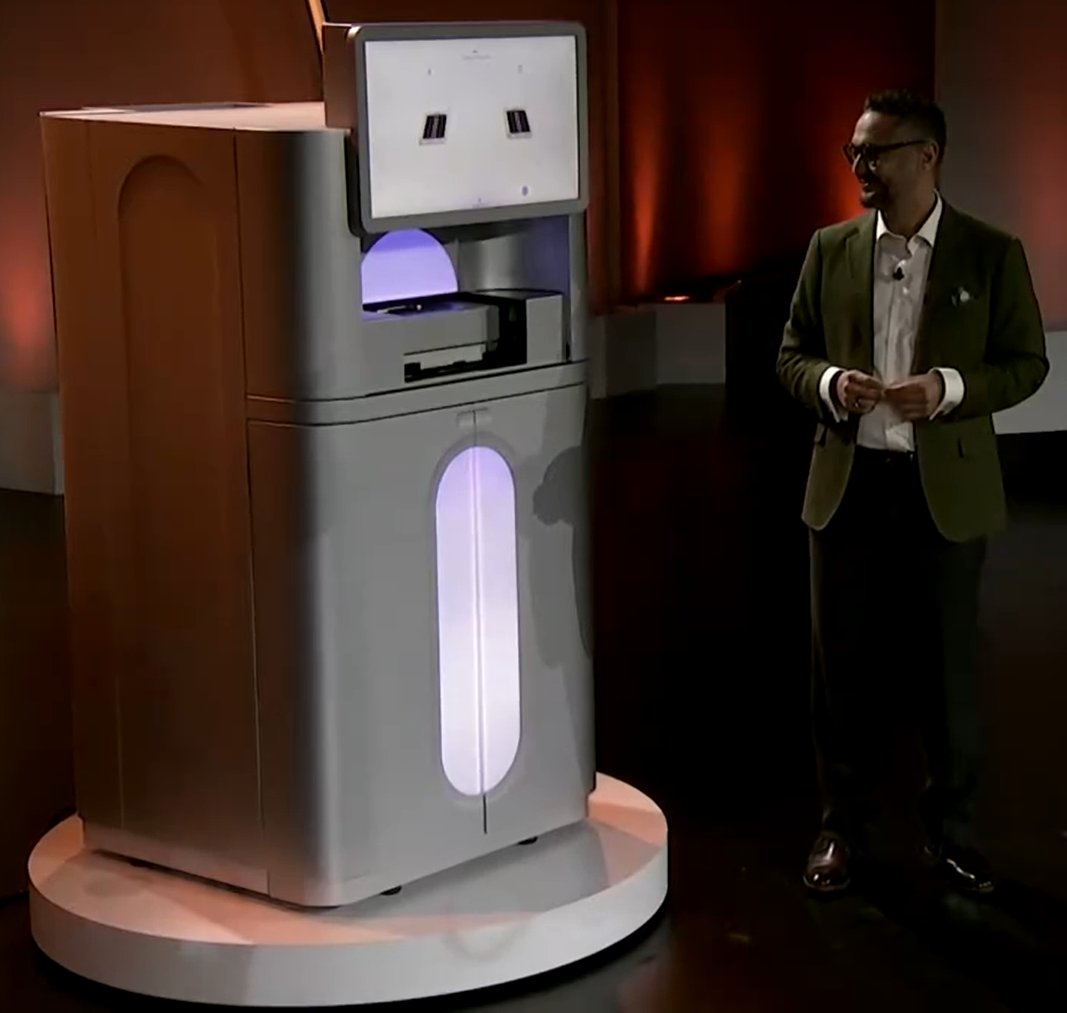I'll be live tweeting the $ILMN Illumina #IGF with running commentary. I won't intend to be comprehensive with the slide deck screenshots, but cover the main headlines.
Long-read human WGS assay in Q1 2023, 6-7kb N50, longest reads at 30Kb. Use cases in rare disease, as an example. Ultra-rare variants for children with fatal diseases. Second half of 2023 with an enrichment panel equivalent.
XLEAP will be available on NextSeq 1000/2000 in 2024 (I got it right, I thought it was gonna be the NextSeq first). P4 flowcell 500gb. 

Up to 16 addressable lanes per run, up to 16Tb
NovaSeq X Plus: 16Tb, 2X faster, 3X higher accuracy, $2/Gb
NextSeq Chemistry X in 2024
NextSeq Chemistry X in 2024
Summary of the two new big products, the NextSeq 1000/2000 P4 flowcell and the NovaSeq X Plus in the #ngsspecs table now (need to confirm run time and other flowcell sizes). 

It seems the runtime is reduced from 44hr to 24hr, I may not have heard this correctly, so pending confirmation. 

The Broad and deCODE have already had access to NovaSeq X. Tempus as well. Macrogen in S. Korea. $REGN Regeneron some sort of access as well.
• • •
Missing some Tweet in this thread? You can try to
force a refresh






















